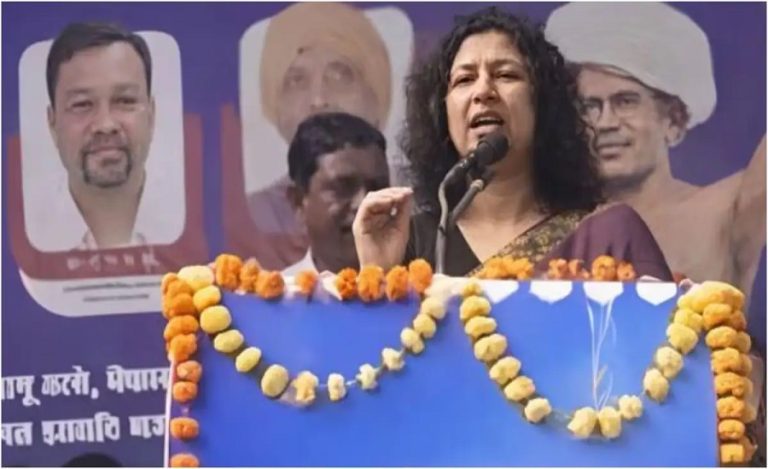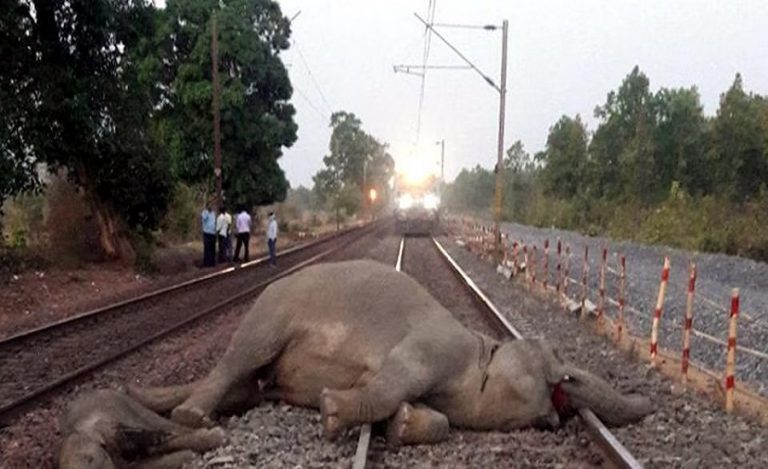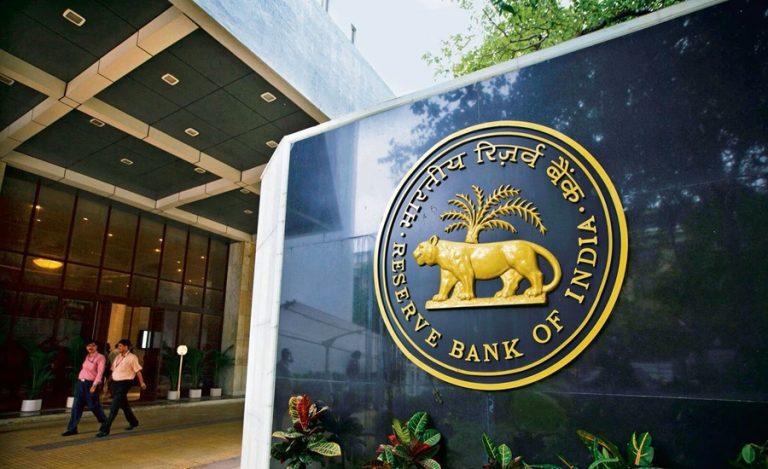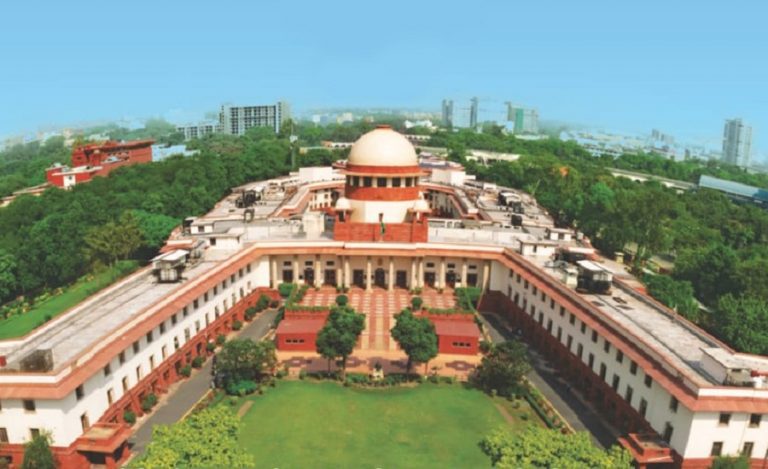New Delhi: In a strategic move to reduce operational costs and promote sustainable energy practices, the National Capital Region Transport Corporation (NCRTC) has begun procuring electricity through the power exchange for its Receiving Sub-Station (RSS) located in Ghaziabad.
This initiative marks a significant shift in NCRTC’s energy sourcing model, aligning with its broader goals of operational efficiency and environmental responsibility.
Cost-Effective Power for Train Operations
The Ghaziabad RSS serves as the interconnection point between the Namo Bharat corridor and the power grid. With this move, NCRTC becomes one of the first major transport corporations in India to opt for market-based electricity procurement to power critical infrastructure.
According to an official statement, the initiative is expected to generate savings of ₹1 crore annually from just one drawl point in the first year of implementation.
Power Costs a Major Operational Component
NCRTC consumes approximately 326 million units of electricity annually, which amounts to nearly ₹300 crore in energy expenditure. Power costs alone contribute 30 to 35 percent of its total operating expenses, making cost-efficiency in energy sourcing a high priority.
To facilitate this transition, NCRTC has entered into agreements with Power Trading Corporation (PTC India Ltd) and Uttar Pradesh Power Transmission Corporation Limited (UPPTCL).
Green Energy Component and Sustainability Push
In addition to cost savings, the corporation also aims to source at least 15 percent of its electricity through green energy via the exchange platform. This underlines NCRTC’s commitment to sustainability and carbon footprint reduction.
“Electricity sourced through the exchange is expected to be more economical than conventional distribution utilities,” said NCRTC in its official release.
Phased Rollout Across the Delhi-Ghaziabad-Meerut Corridor
The transition to the power exchange model is being rolled out in phases, starting with the operational stretches of the Delhi-Ghaziabad-Meerut corridor. Currently, 55 km of the corridor with 11 stations is functional. Full commissioning is expected later this year, after which the model will be expanded to other drawl points in Delhi and Uttar Pradesh.
Read Also: Leadership Reshuffle: Prakash Singh Takes Charge as Executive Director (Electrical) at RVNL
Sustainability
NCRTC’s decision to shift to power exchange procurement not only provides a financial edge but also positions it as a forward-looking transport body focused on sustainability, cost-efficiency, and innovation in public infrastructure.
About NCRTC
NCRTC stands for National Capital Region Transport Corporation. It’s a joint venture company of the Government of India and the state governments of Delhi, Haryana, Rajasthan, and Uttar Pradesh. The primary objective of NCRTC is to implement the Namo Bharat project (formerly known as the Regional Rapid Transit System or RRTS) across the National Capital Region (NCR). This project aims to improve connectivity and facilitate balanced and sustainable urban development in the NCR.



























